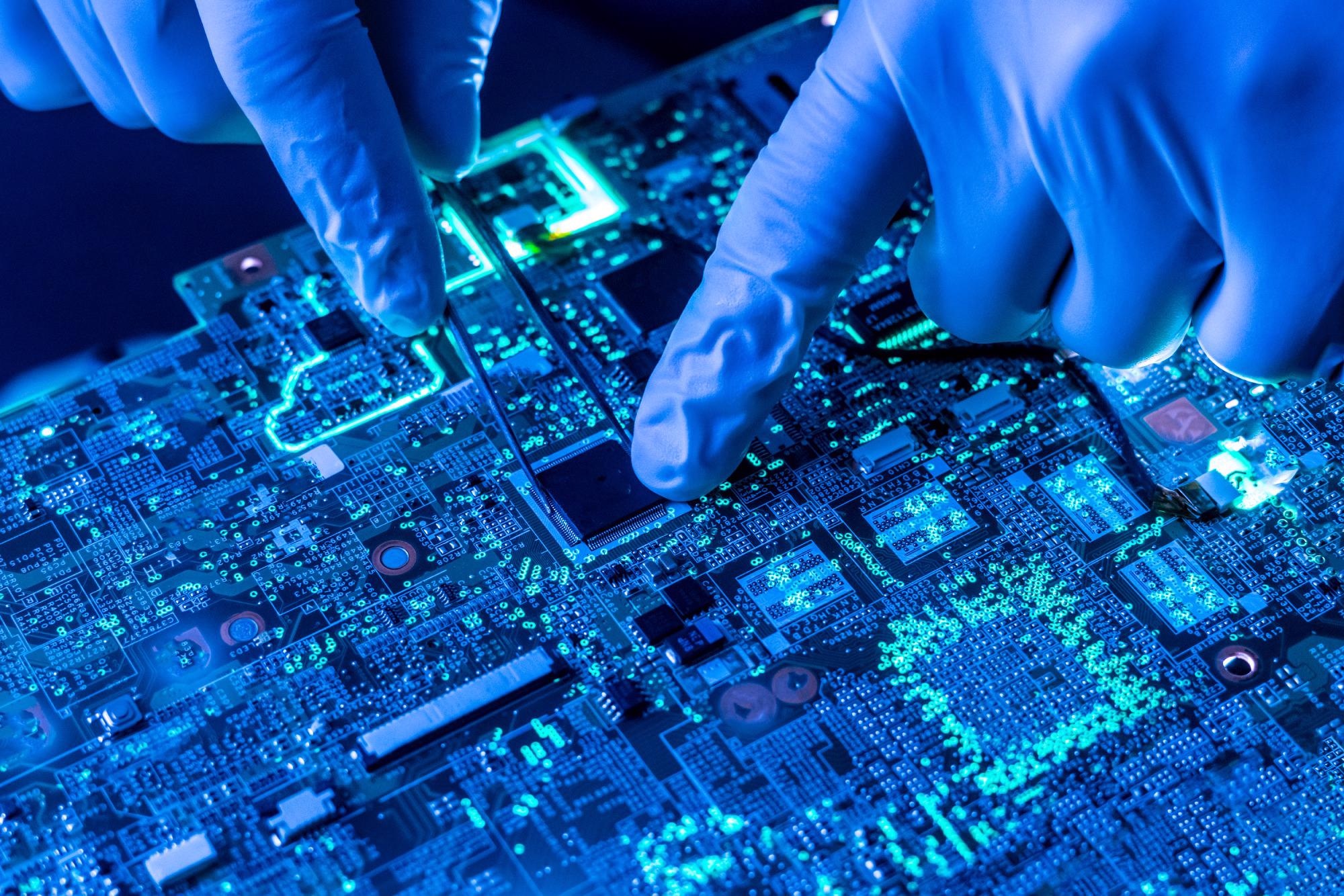Reviewed by Alex SmithAug 19 2021
The Rockefeller University researchers have offered new insights into “Moore’s Law” — considered to be the world’s most popular technological prediction — that chip density, or the number of components utilized on an integrated circuit, would increase by two-fold every two years.

Image Credit: SHutterstock.com/ Mike_shots
The study reported in the journal PLOS One describes a more accurate historical wave pattern to the increase in transistor density in the silicon chips that make computers and other high-tech devices highly robust and very fast.
As described in the paper “Moore’s Law Revisited through Intel Chip Density,” from 1959, six waves of such enhancements have occurred, each lasting for a period of six years, during each of which transistor density for a chip increased at least 10 times.
The paper builds on previous research on DRAM chips as model organisms for the study of technological evolution.
The latest study helped clarify the arcs of the wave pattern by taking a novel point of view on chip density, factoring out the altering size of chips utilized in Fairchild Semiconductor International and Intel Processors since 1959.
The authors Jesse Ausubel and David Burg of the Program for the Human Environment (PHE) at the Rockefeller University, New York, feel that following each six-year growth wave episode, around three years of insignificant growth was found.
The authors also state that further growth spurt in transistor miniaturization and computing capability is currently delayed.
Furthermore, it will be pulled by the demand for data-hungry artificial intelligence technologies such as facial recognition, self-driving cars, 5G cellular networks and equipment and similar high-tech innovations that are in need of ever-faster processing speed and computing capability.
Cerebras, a startup company, has launched the biggest chip ever built, the Wafer-Scale Engine, which is 56 times the size of the largest graphical processing unit (GPU), having dominated computing platforms used for machine learning and AI.
“The wafer-scale chip has 1.2 trillion transistors, embeds 400,000 AI-optimized cores (78 times more than the largest GPU), and has 3,000 times more in-chip memory.”
Yet, the end of the silicon chip age is imminent, with only one or two silicon pulses left before additional advances become exponentially harder as a result of physical realities and economic limitations, say the authors.
The lasting growth of the computer industry will rely on miniaturized innovations, such as single-atom transistors, nano-transistors and quantum computing.
According to the paper, in 2019, Google parent company Alphabet claimed a discovery in quantum computing with a programmable supercomputing processor called “Sycamore” with the help of programmable superconducting qubits.
The published benchmarking example reported that in about 200 seconds Sycamore completed a task that would take a current state-of-the-art supercomputer about 10,000 years. We have climbed six times into higher valleys of silicon and similar substrates, but may be exiting the silicon valleys for landscapes of other materials and processes. Qubit Gardens may await at the end of the present climb.
Jesse Ausubel, Study Author and Director, Program for the Human Environment, The Rockefeller University
The title of the paper cites Gordon Moore’s popular 1965 observation that the number of transistors in microchips grow exponentially, doubling every 12 to 24 months (Moore’s Law).
Yet, the analysis of transistor density unraveled a more complicated pattern of serial waves of growth with each technological phase lasting around nine years on the whole before saturation and replacement with a new one.
According to Dr. Burg, who is also affiliated with Tel Hai College, Israel, the new work discloses crucial subtleties in a technological phenomenon that has powered the world’s advance for two generations.
The study drew on models that were designed to analyze the growth with complicated feedback resulting in restrictions in density utilized earlier in such research, Burg adds and shows their power to illuminate the complicated evolution of diverse machinery.
Journal Reference:
Burg, D & Ausubel, J H (2021) Moore’s Law revisited through Intel chip density. PLOS ONE. doi.org/10.1371/journal.pone.0256245.